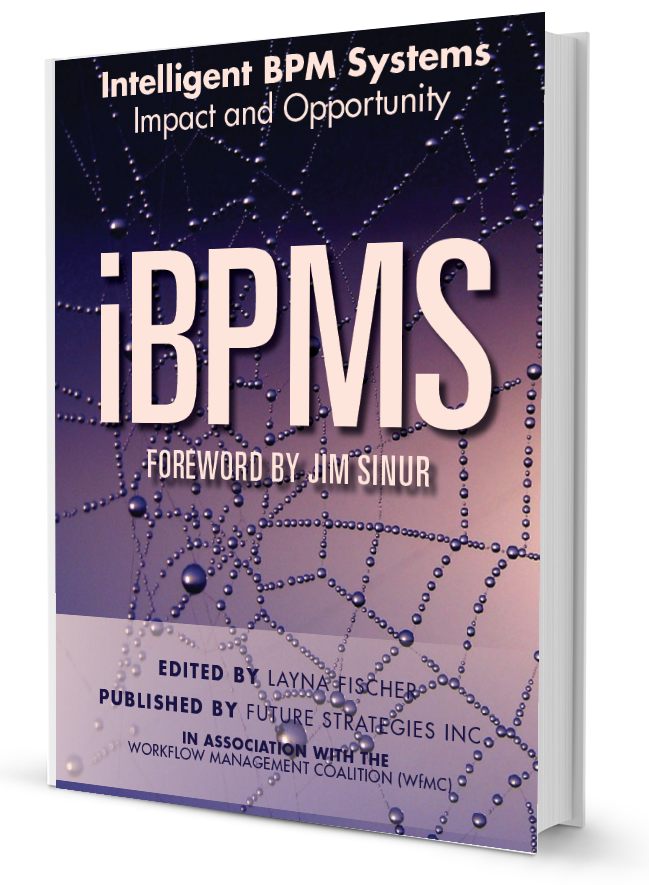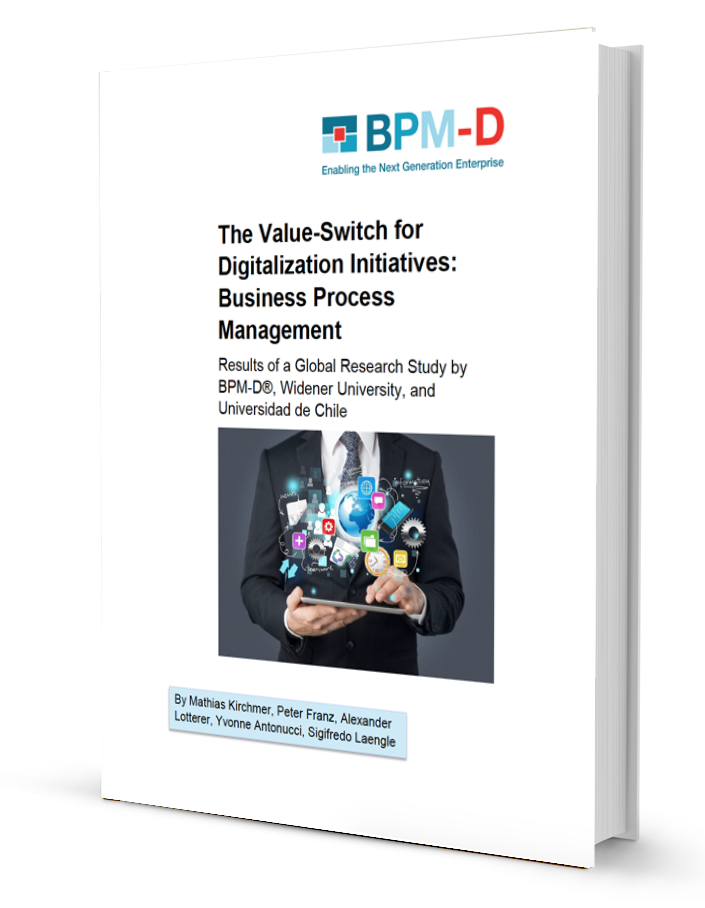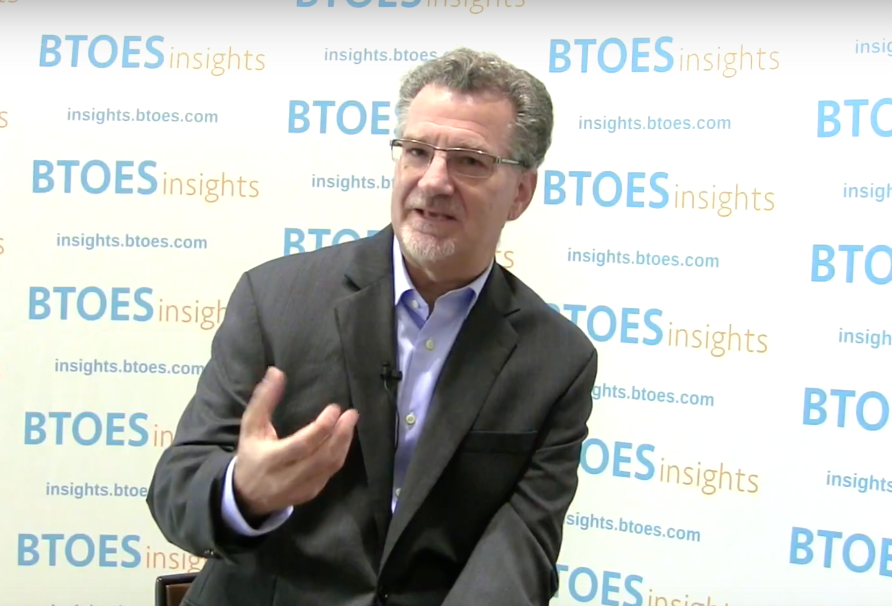I’ve always thought the delivery performance metric best reflects how well integrated the various functions are and how interdependent they all are if we expect to consistently perform at a high level.

From a shop-floor perspective it's sure easy to see how well the operation is synchronized and managed, or not. It's also clear when many of the problems in the shop have been sent there by others causing the planned schedule to not be executable at all.
It's true that if the plant is not performing well on the metrics we're covering in this series of articles, the chances of consistently delivering on time to customers are pretty remote. But I would offer that you can fix all of the quality problems, maintenance issues, materials issues, etc., and still have little chance of ever sustaining outstanding delivery performance. Why? Because many companies lack a formal, collaborative and robust sales and operations planning (S&OP) process. The result is that schedules get sent to the shop floor and, in aggregate, are impossible to execute.
S&OP is a critical business process, yet I continue to be amazed that most businesses I visit do not have a mature S&OP process -- if they have one at all. This process is absolutely foundational for operational excellence, for breaking down silos, for creating team culture and for taking much better care of our customers. And S&OP has been around for over four decades!
If your business truly expects delivery problems to become rare events, then build this critical infrastructure, require cross-functional collaboration and send executable schedules to the shop floor. And measure the accuracy of the performance vs. plan for sales, product mix, and operating margins. This process has to be understood and fully supported as a career-long commitment by senior management. There must be the same relentless effort to improve the process for S&OP as there is in the factories for their process failures.
Finally, S&OP outcomes are directly tied to the operational plan and its execution. No more finger pointing when the plan is missed. The team makes the plan and the team executes the plan. Alignment is not optional.
"No manufacturing operation has a chance of delivering outstanding service to customers if there isn't accurate data available."
Here's an example of a typical planning effort. No manufacturing operation has a chance of delivering outstanding service to customers if there isn't accurate data available, by product groupings (with common product and process parameters, i.e. value streams), for use in a formal sales and operations planning (S&OP) process. Typically the core group in a monthly S&OP meeting is leaders from sales, customer service, marketing, scheduling and accounting -- though any other function may periodically attend as ad hoc members. Attendance will be required from time to time from functions such as process engineering, supply chain, purchasing, design engineering, etc., depending on the issues that need to be addressed.
See Also: INFOGRAPHIC: 5 Trends Shaping Safety Culture Management
The outcome of the monthly S&OP process is a consensus forecast, a contract if you will, between all parties on a rolling three-month basis (or whatever timeframe makes sense based on your industry and the associated lead times). Accounting rolls up the plan to forecast volumes/mix, costs, margins, earnings, etc., so that all key functions are signed up to deliver one plan. This is the quarterly plan for sales volume/mix vs. the demonstrated capacity for raw materials availability; production capacity, i.e., machines, labor and shifts scheduled.
All of these things must be available in the plan that is released to manufacturing for execution. Too many schedules are missed because the schedule that got "thrown over the wall" was not executable from Day 1 based on the above criteria. But the shop floor typically catches hell anyway for missing schedules even if they were overscheduled in the plan. This is a mindless circle that I see repeated week after week in lots of factories. The plan must be in sync with the constraints or it simply cannot be executed. Capacity is not infinite. It is finite to the demonstrated capacity until actions are taken to expand it.
In addition to the measurements on the S&OP process, the factory metrics below measure the shop's ability to execute the plan.
Work Order Performance to Current Schedule: The measurement is expressed as the percentage of work orders completed on the day or within the week of its current schedule date, e.g., six total orders delivered on time out of 10 orders due and past due = 60% on time. The measurement includes only released work orders for finished goods or sub-assemblies.
Work Order Performance to Original Schedule: The measurement is expressed as the percentage of work orders completed when it was first scheduled, i.e. the original due date assigned to the work order. For example, three original schedules delivered on time out of six original schedules = 50% in the current week. (The other order that delivered was past due in this example.) The measurement includes only released work orders for finished goods or sub-assemblies.
The first formula is intended to measure performance on both original schedules as well as for all past due items that carry over from prior periods. This metric encourages that past dues be moved to the front of the queue, as they should be. If a past due order is missed 10 times, it gets reported as missed 10 times. There is no delivery credit until it's out the door to the customer. The second metric is to understand why original commitments to customers are not being met a high percentage of the time. There is only one chance to get credit for on-time delivery with this metric. The challenge is to close the gap between these two metrics and move toward great performance to the original schedule commitment and delight customers.
As with all the other factory execution measurements, be sure to build the supporting soft infrastructure that includes reason codes for missed schedules. This enables easy sorting and analysis of what orders are being missed and why. This data in concert with quality data and rolled-throughput-yield analysis will help to further refine the assignment of scare resources for corrective actions. It's one more way of making sure you're addressing the processes, the products and the specific issues that are causing the plant's unreliability. Obviously, this is yet another rich opportunity to significantly improve manufacturing performance.
There are a number of other metrics that are typically kept by customer service that I encourage you to tap into. What is the plant's record on product returns and the costs associated with that? What's the cost of price adjustments that have been made because of poor plant performance, e.g. late delivery, rejected product? And what is the S&OP team's record for releasing executable plans to the factories? How well are the factories executing the plans?
We've now reviewed safety, quality, inventory and delivery performance. The next installment will address measuring productivity.
"Even if you're on the right track you'll get run over if you just sit there. -- Will Rogers, humorist
I've never been satisfied with anything we've ever built. I've felt that dissatisfaction is the basis of progress. When we become satisfied in business we become obsolete. -- Bill Marriott Sr., former CEO, Marriott Hotels
View Larry's Contributor Profile

.png)
-1.png)













































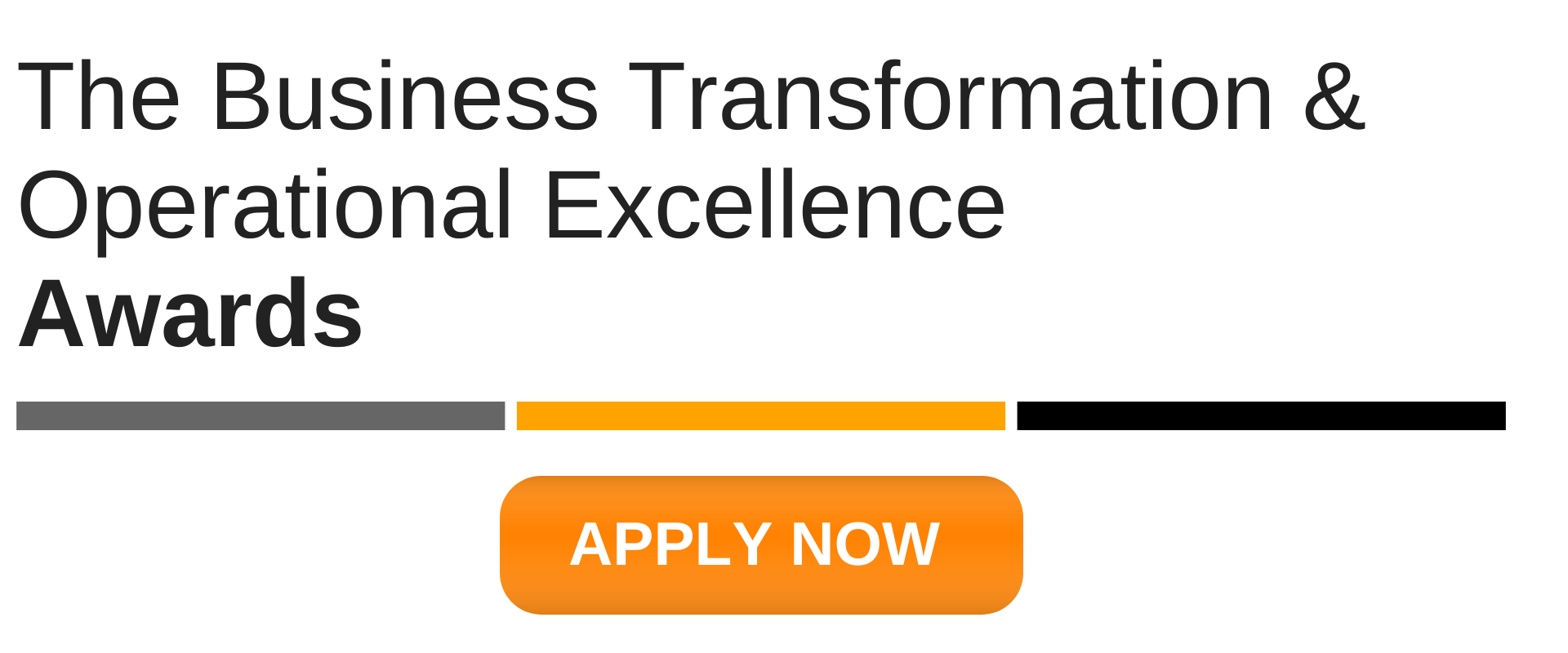

-2.png)
-2.png)







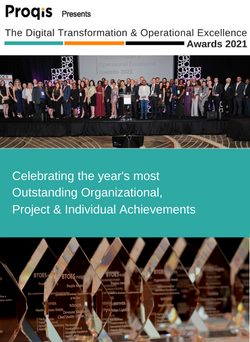


%20(1)%20(1).png?width=1410&name=Add%20a%20heading%20(8)%20(1)%20(1).png)





.png?width=300&height=300&name=LINKEDIN%20AWARDS%20GRAPHIC%20(1).png)
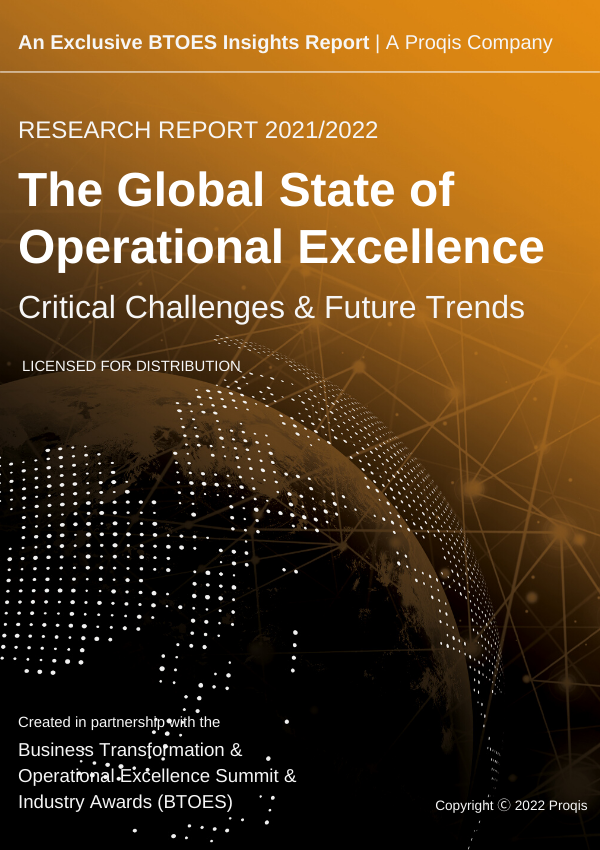






-1.png?width=300&name=ATTENDEE%20-%20Proqis%20Digital%20Event%20Graphics%20(2)-1.png)
-1.png?width=300&name=ATTENDEE%20-%20Proqis%20Digital%20Event%20Graphics%20(1)-1.png)




